Change the tide of war
After more than 7 years of conducting an aggressive war in Indochina, implementing many large-scale and brutal invasion plans, the French army was increasingly stuck in a passive and strategically deadlocked position. In mid-1953, General Henri Navarre was appointed Commander-in-Chief of the French Expeditionary Force in Indochina, and submitted an action plan; accordingly, in the Winter-Spring of 1953-1954, strategic attacks would be carried out in the South, and later troops would be concentrated on carrying out strategic attacks in the Northern battlefield to end the war.
In the Thua Thien Thien battlefield, the French focused on consolidating their occupied positions, organizing sweeps to pacify the delta, fiercely attacking our bases, forcing people to establish a white belt, increasing troop mobilization, conscripting soldiers, and building puppet troops to replace the European-African battalions sent to the Northern battlefield. They also tried to consolidate the white belt along Highway 1 and strengthen the defense of the road and railway lines that passed through.
In September 1953, the Politburo advocated launching a strategic offensive in 1953-1954 to break the enemy's new strategic plot, gain decisive victory, and change the situation of the war. The content of the war was to maintain the initiative to fight the enemy on both the front and rear fronts, coordinating across the country and throughout Indochina.
On October 19, 1953, at Duong Hoa war zone, the Provincial Party Committee held a conference of political cadres to thoroughly grasp the spirit of the Politburo Resolution, to step up continuous attacks, destroy and hold back the enemy, not giving them free hands to deal with the main battlefield; to actively fight politically in combination with destroying evil, destroying the enemy, breaking the stranglehold, expanding the liberated areas, and building a comprehensive, all-people resistance force.
Continuously coordinate attacks on the enemy
In October 1953, Phu Vang local troops coordinated with troops of Regiment 101 to launch many battles and continuously attack and destroy many enemy posts. Local guerrilla forces organized an attack on Cu Lai post, destroyed the enemy and captured all weapons. Also in October 1953, Huong Thuy district troops organized an attack on enemy bunkers in Cau Vuc (Thuy Phuong), forcing the enemy to retreat, and we controlled a large area from Phuong Lam, Thanh Lam to Loi Nong. In December 1954, My Thuy guerrillas coordinated with troops commanded by comrade Than Trong Mot to defeat the enemy's "Nghia Dung Doan" company in the Linh Son pagoda area.
On the traffic battle front, local troops stationed in Phu Loc and the commune guerrillas organized many major battles, disrupted the enemy's plan to move troops and weapons to the North, attacked the enemy's rear areas to actively coordinate with the common battlefield. On December 19, 1953, carrying out the "landmine battle" in Lang Co, we overthrew a train, killed 100 enemies, and destroyed 1 cannon. On February 19, 1954, we continued to overturn 2 locomotives, 19 carriages, and destroyed the enemy in the Lang Co - Thua Luu section.
In the north of the province, within just one night, the provincial troops and Company 300 of Phong Dien district had uprooted the enemy posts in Lanh Thuy, The Chi Dong and Thanh Huong. After that, the troops also took down two more positions, Van Trinh post and Hoa Vien bunker. On April 28, 1954, the provincial troops attacked a series of bunkers from Uu Diem to Van Trinh and in the area of three communes of Quang Ninh , Quang Hoa and Quang Dai (Quang Dien). The enemy suffered heavy losses, 200 were killed, and a fuel depot was burned.
The successive victories on the military front in Thua Thien Hue caused the enemy many heavy defeats, forcing them into a passive position and unable to mobilize troops to rescue them on the main battlefield in the North. This victory also actively supported the uprising masses to destroy the system of suppression, paralyze the puppet apparatus in the locality, gain control; and promote military propaganda work. Also in 1953-1954, the Provincial Party Committee decided to implement the Party's directive to launch a rent reduction movement. Localities conducted education and explained to a number of landlords to stop usury and reduce land rent for farmers.
While the cadres, party members and people of Thua Thien Hue province were continuously attacking the enemy, they received good news about the historic victory of Dien Bien Phu on May 7, 1954. Along with that, the Geneva Agreement on ending the war and restoring peace in Indochina was signed on July 21, 1954, which excited the people of the whole country.
Source














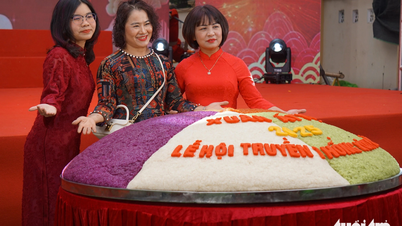






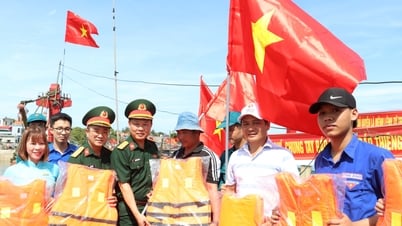
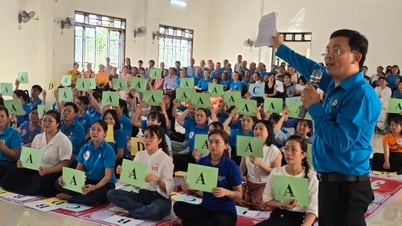



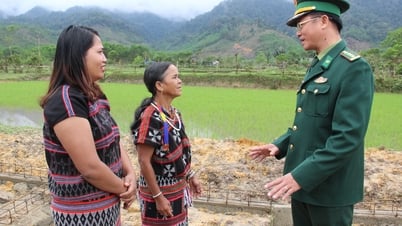































































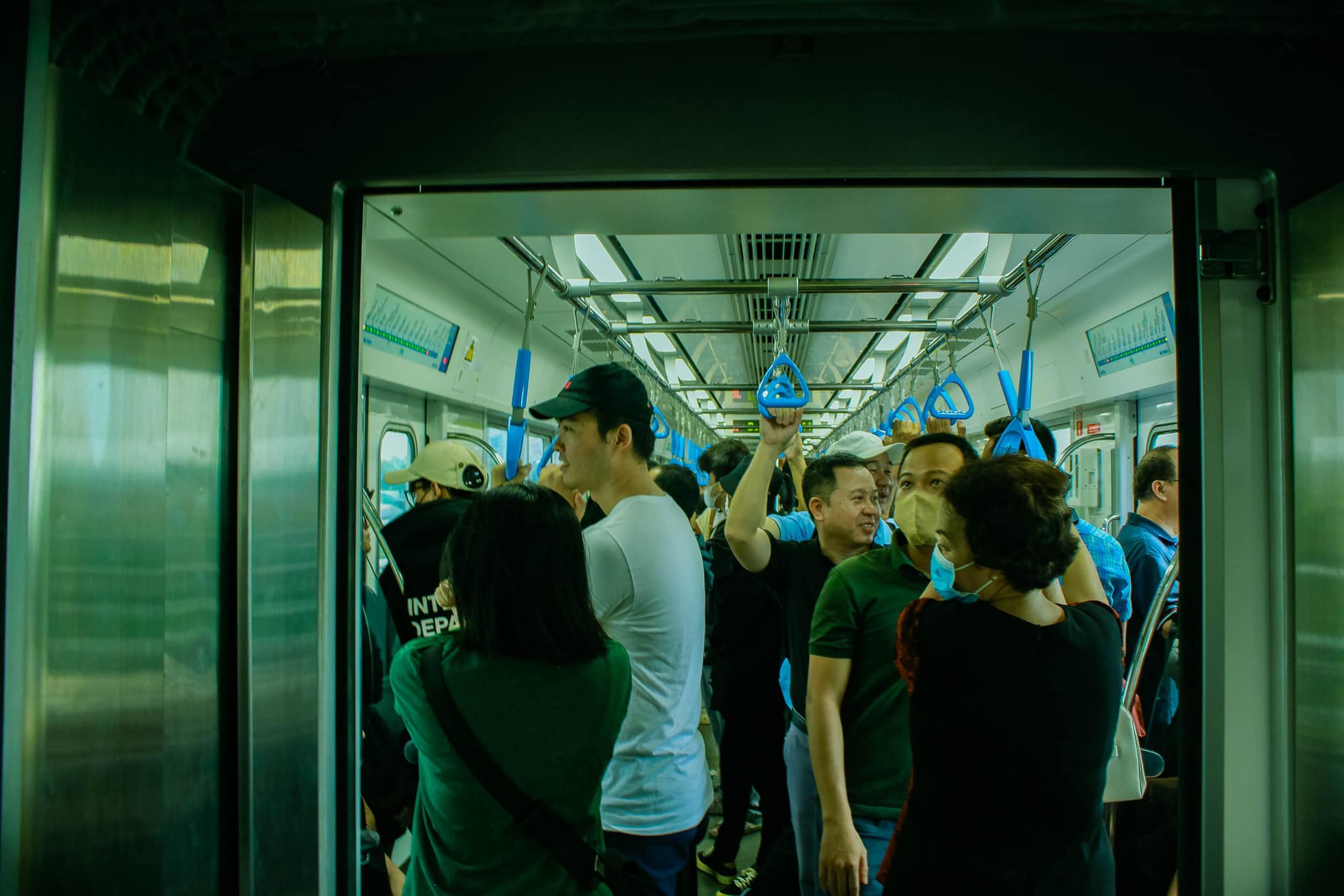



Comment (0)